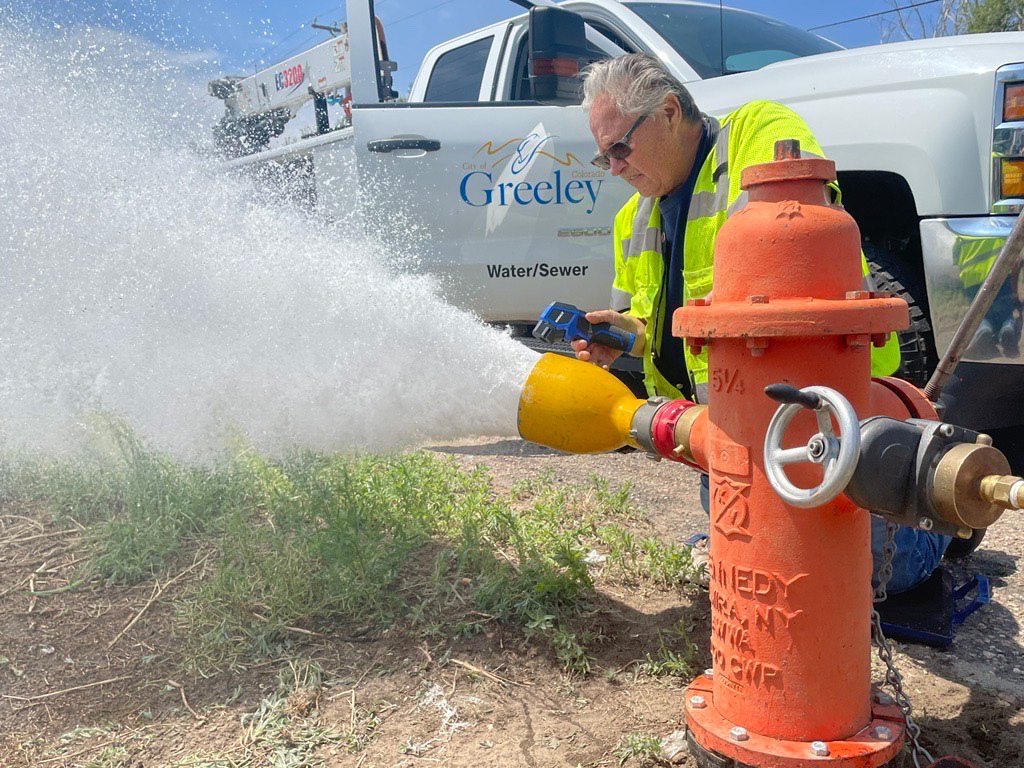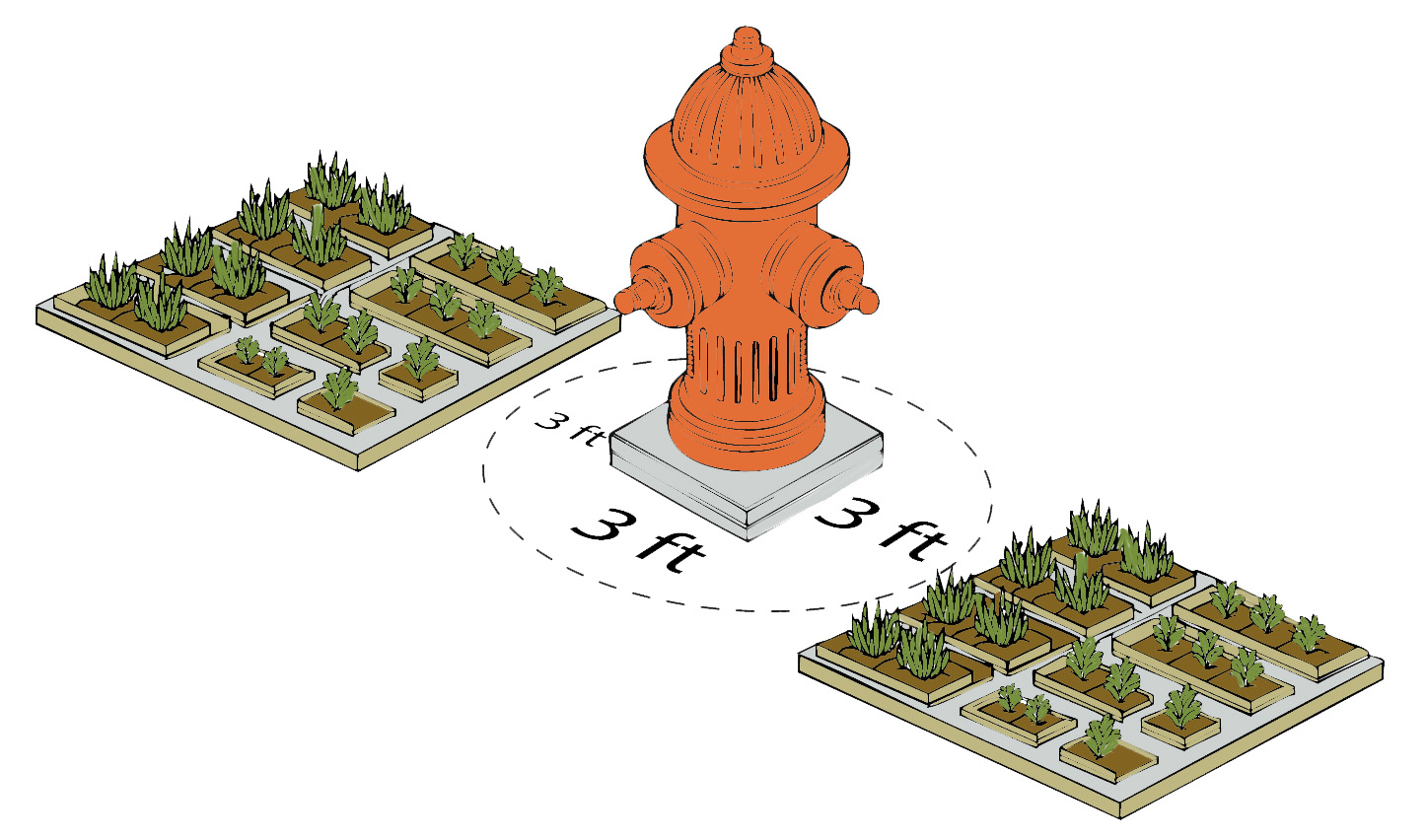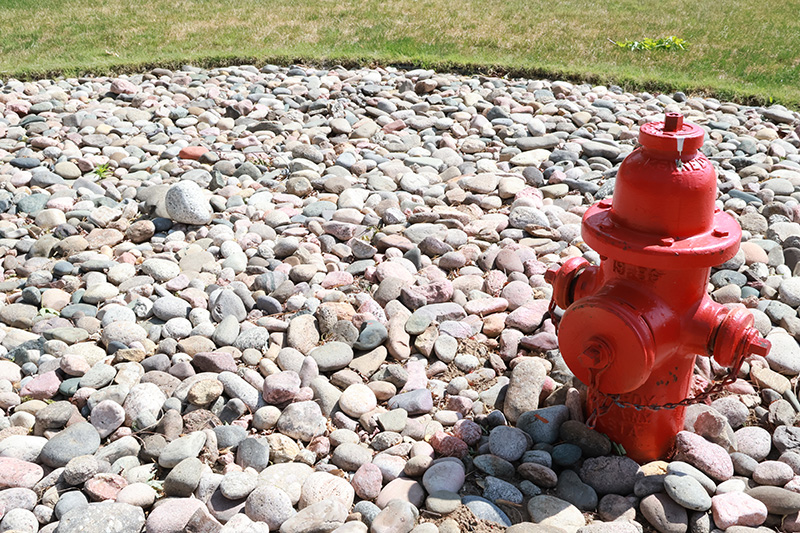Hydrant Flushing
To complement the Valve Exercising Program, the City of Greeley also conducts a comprehensive hydrant flushing program. This involves opening hydrants and allowing water to flow at high velocity through the distribution system.

Key Benefits:
- Water Quality Improvement: By flushing out sediment and stagnant water, we maintain high water quality throughout the system.
- System Performance: Flushing ensures that the hydrants and main lines are operating efficiently, free of obstructions and sediment buildup.
- Inspection and Maintenance: Each hydrant is inspected during flushing to identify any necessary maintenance or repairs, ensuring they are always in working order for emergencies.
What to Expect:
Hydrant flushing is a routine process that keeps our water system healthy and reliable — it helps clear out naturally occurring minerals and ensures our hydrants are ready in case of emergencies.
- You might see water running along curbs or notice temporary changes in water pressure.
- Your tap water may appear slightly discolored for a short time. This is normal and the water is safe to drink.
What to Do:
- Run only cold water through a garden hose into the yard or into a bathtub for a few minutes until the water turns clear. Do not run hot water as rust particles could settle in the water heater and cause problems later.
- Avoid doing laundry when crews are flushing nearby, as discolored water can stain clothing.
Landscaping Around Hydrants
Landscaping around fire hydrants requires careful consideration to ensure accessibility and safety. Here are some general do's and don'ts:

DO’s:
- Access: Keep a clear path from the street to the fire hydrant so firefighters can reach it quickly during an emergency. Ensure the area around the hydrant remains accessible so routine inspections and maintenance can be done at any time.
- Landscaping: Plant low-growing vegetation around the hydrant to maintain visibility and access. Trim regularly. Avoid placing larger rocks around the hydrant as they may be a tripping hazard.
- Spacing: Maintain at least 3 feet of space around the hydrant so firefighters can work.
Don'ts:
- No Tall Plants: Do not plant tall vegetation around the hydrant as they can obstruct the view or access to the hydrant.

- No Hardscaping: Avoid placing rocks, fences, or walls around the hydrant.

- No blockages: Do not place any objects near the hydrant that could block access, including parked cars, and trash cans.

By following these guidelines, you can ensure that the fire hydrant remains accessible and functional in case of an emergency.
Our Commitment to You:
Our integrated approach to valve exercising and hydrant flushing is essential for maintaining the integrity and performance of the water distribution system. These programs work together to ensure operational efficiency, enhance water quality and provide reliable service to our customers. By conducting regular maintenance and thorough documentation, we are committed to delivering the highest standard of water service with minimal interruptions.